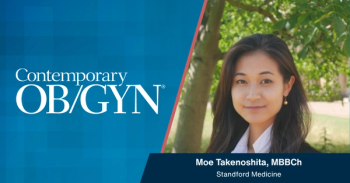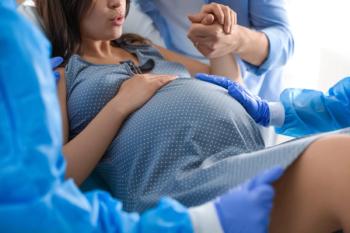
No Evidence That Antihistamines Cause Birth Defects
Previous studies have reported a possible link between antihistamine use and birth defects, but there is no meaningful evidence that supports this association.
Evidence to support previous study findings that antihistamines may increase risk of birth defects is lacking, reports a new study from Boston University’s Slone Epidemiology Center.
Antihistamines, both prescription and over-the-counter, are often used during pregnancy to treat allergies as well as the common pregnancy symptoms of nausea and vomiting. Until recently, however, little information has been available about the possible risks and relative safety of these medications in pregnancy.
Concern about the safety of antihistamines began in the 1960s when the use of the then-popular antihistamine Bendectin (now reemerged as Diclegis) was suspected to be associated with congenital malformations. Science never supported this link, but lawsuits ensued. Eventually, the pharmaceutical company voluntarily pulled the antihistamine from the market. In the years following, the rate of birth defects remained stable, suggesting that science was right.
With the results of this latest study, which was based on data from more than 20,000 mothers who were interviewed within 6 months of delivery, the evidence supporting the safety of antihistamine use in pregnancy is mounting. Demographic, reproductive, medical, and behavioral factors were ascertained, as were details about use of prescription and nonprescription medications, including antihistamines. The researchers were able to compare first trimester exposure to specific antihistamines between 13,213 infants with clearly identified malformations and 6982 nonmalformed controls.
Of the 13,213 infants with a malformation, 13.7% had in utero exposure to antihistamines in the first trimester. The authors identified the most commonly used antihistamines to be diphenhydramine (4.2%), loratadine (3.1%), doxylamine (1.9%), and chlorpheniramine (1.7%). When there was sufficient data to analyze, the researchers found no evidence supporting previously hypothesized associations between the antihistamines and malformations.
Of more than 100 exploratory comparisons of antihistamine-defect pairs, the researchers found 14 with odds ratios of 1.5 or greater, of which 6 had 95% CI bounds excluding 1.0 before but not after adjustments for multiple comparisons.
“Our findings do not provide meaningful support for previously posited associations between antihistamines and major congenital anomalies; at the same time, we identified associations that had not been previously suggested,” concluded the study authors. However, they went on to explain that the previous associations and the newly identified associations may be chance findings and that additional evaluation is needed.
Of course, women should be advised to consult with their health care provider before taking any medication, nonprescription or otherwise, during pregnancy.
Pertinent Points:
- New evidence shows that there is no meaningful support for previously posited associations between antihistamine use in pregnancy and major congenital anomalies.
- New associations between antihistamine use birth defects have been identified but are probably caused by chance. However, additional study is needed.
References:
Li C, Mitchell AA, Werler MM, et al. Assessment of antihistamine use in early pregnancy and birth defects. J Allergy Clin Immunol Pract. 2013: In press.
Newsletter
Get the latest clinical updates, case studies, and expert commentary in obstetric and gynecologic care. Sign up now to stay informed.
















